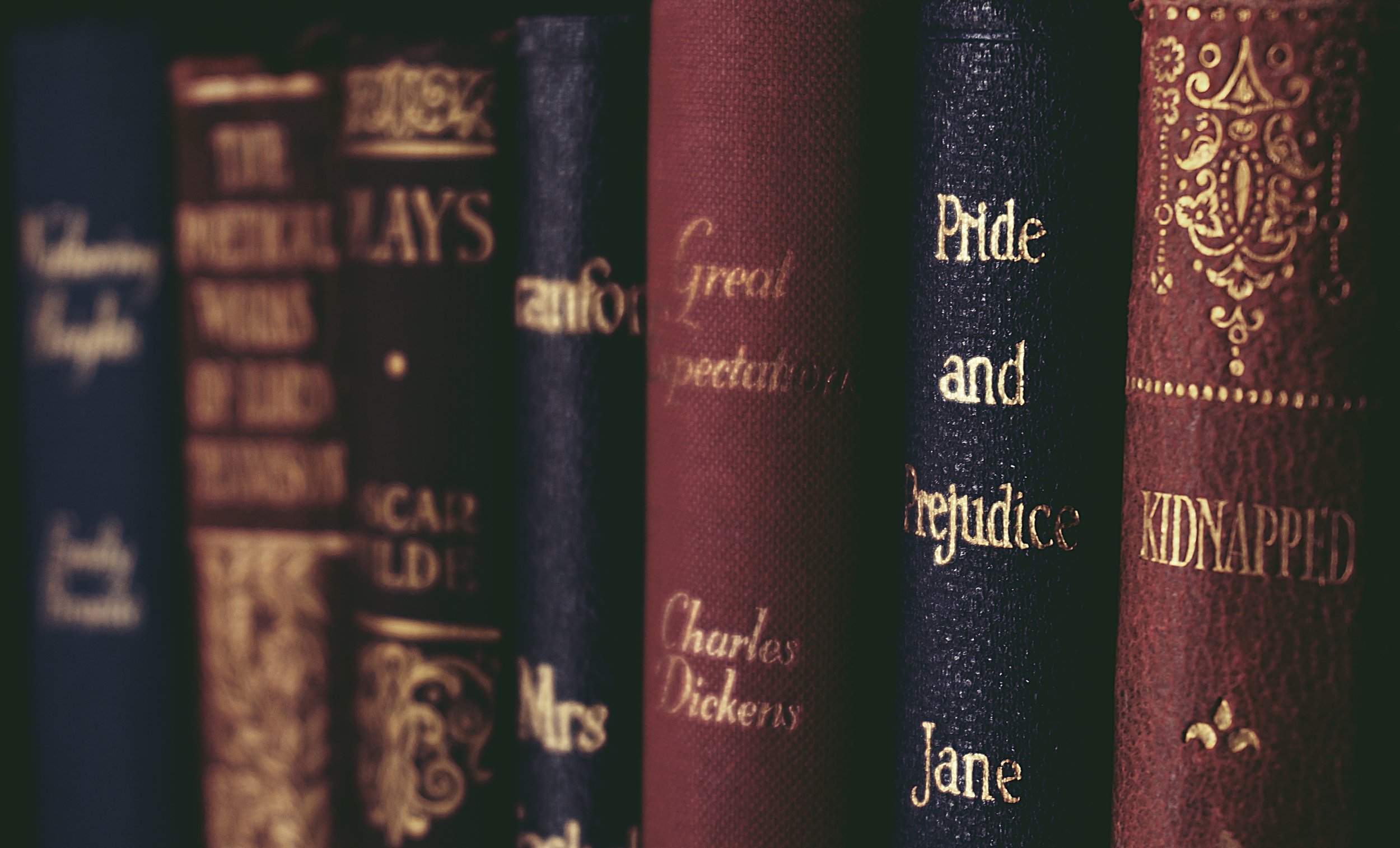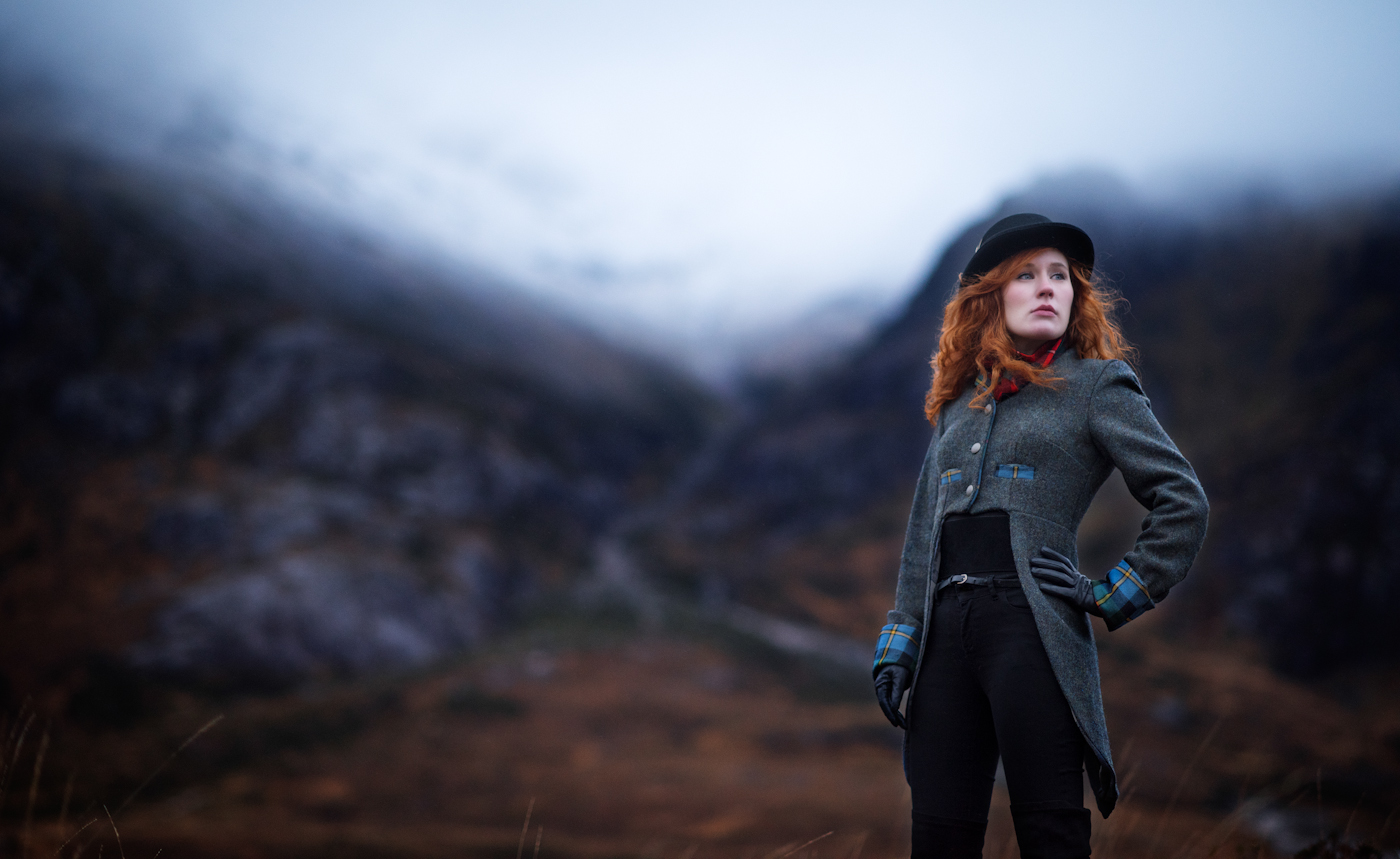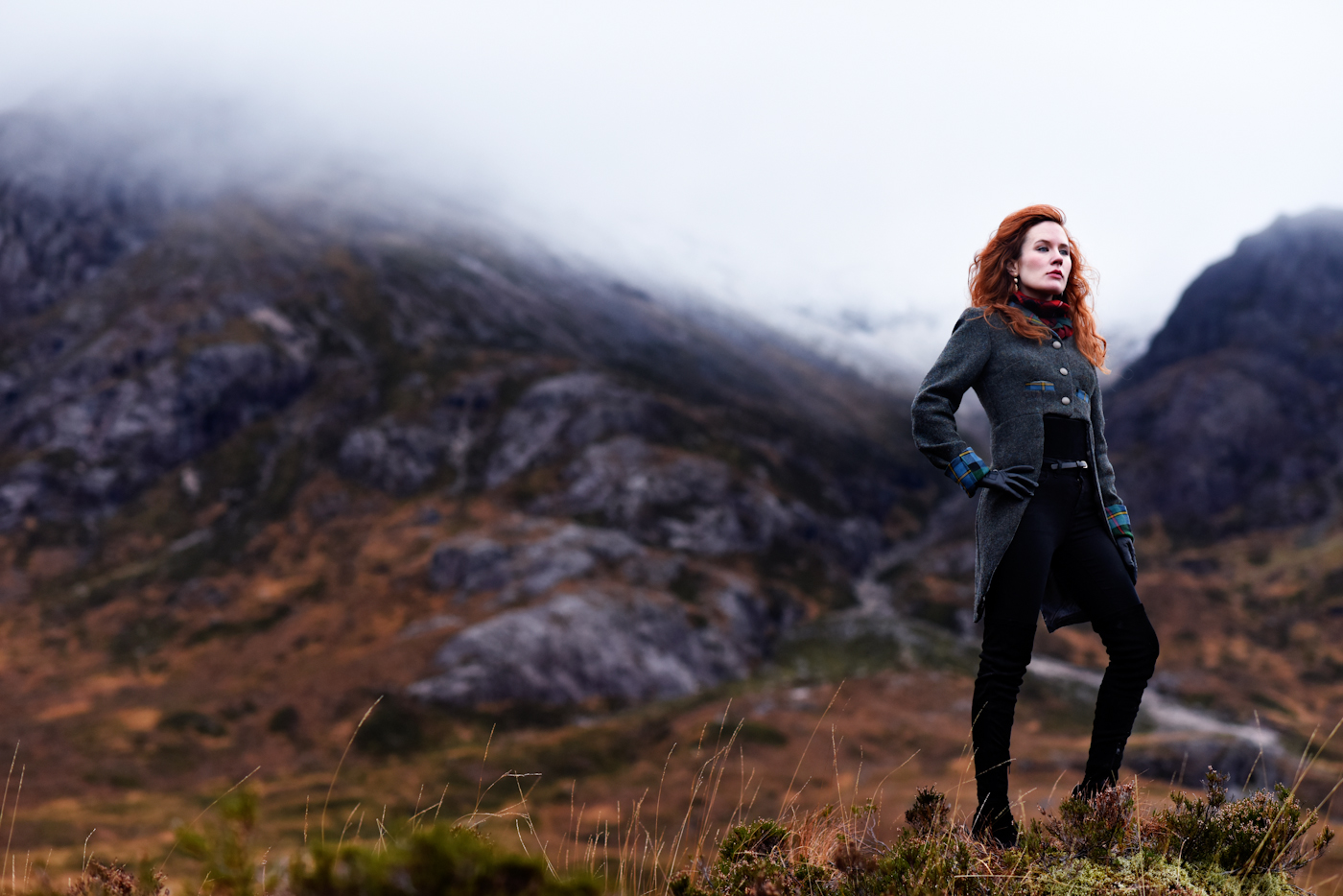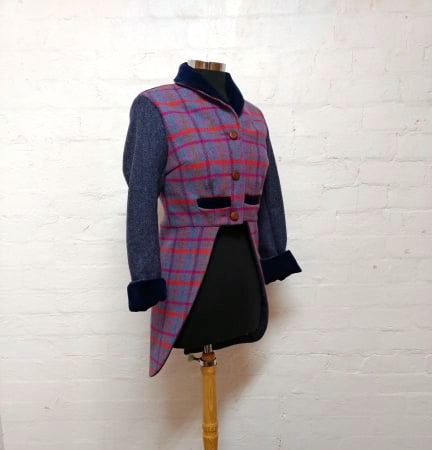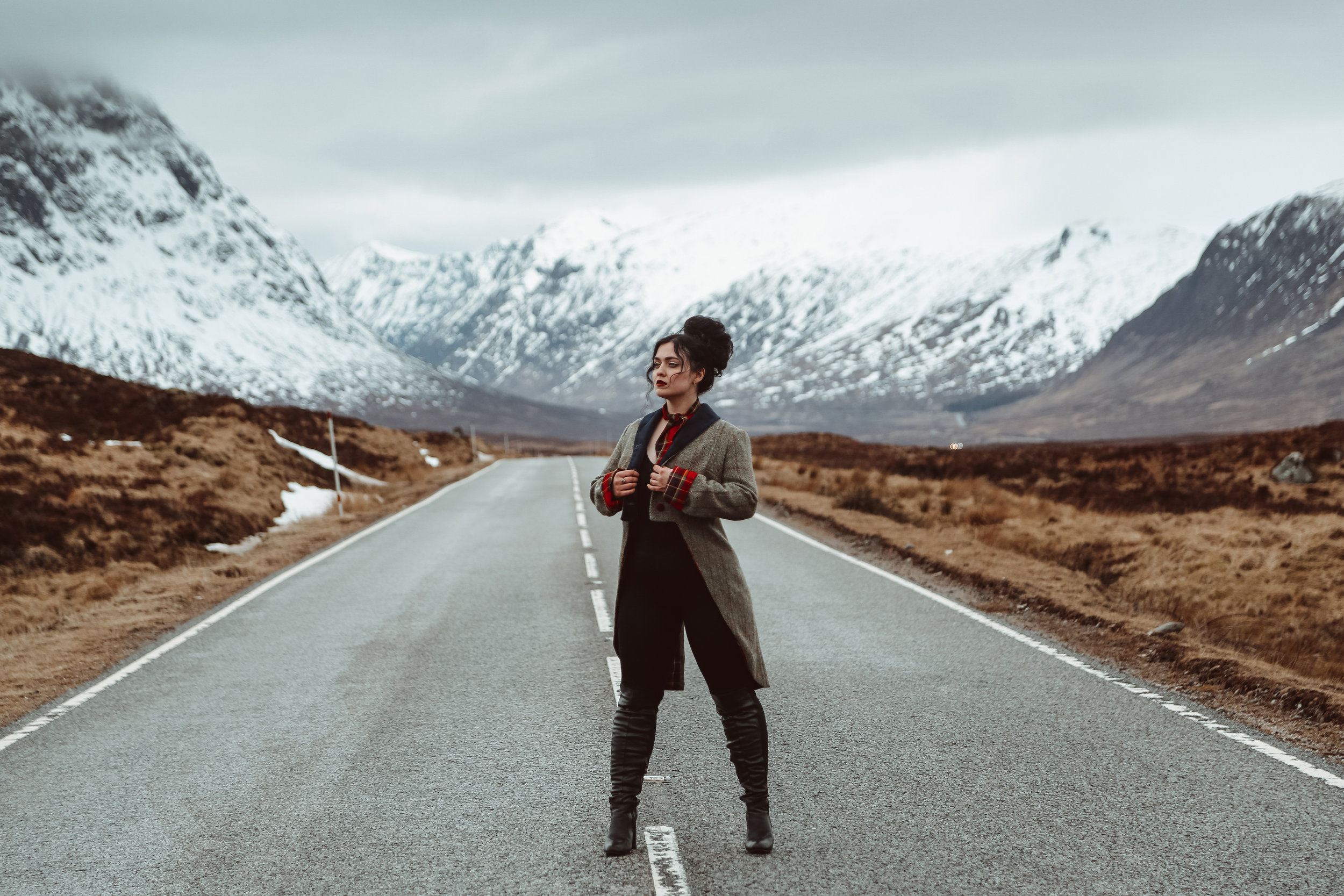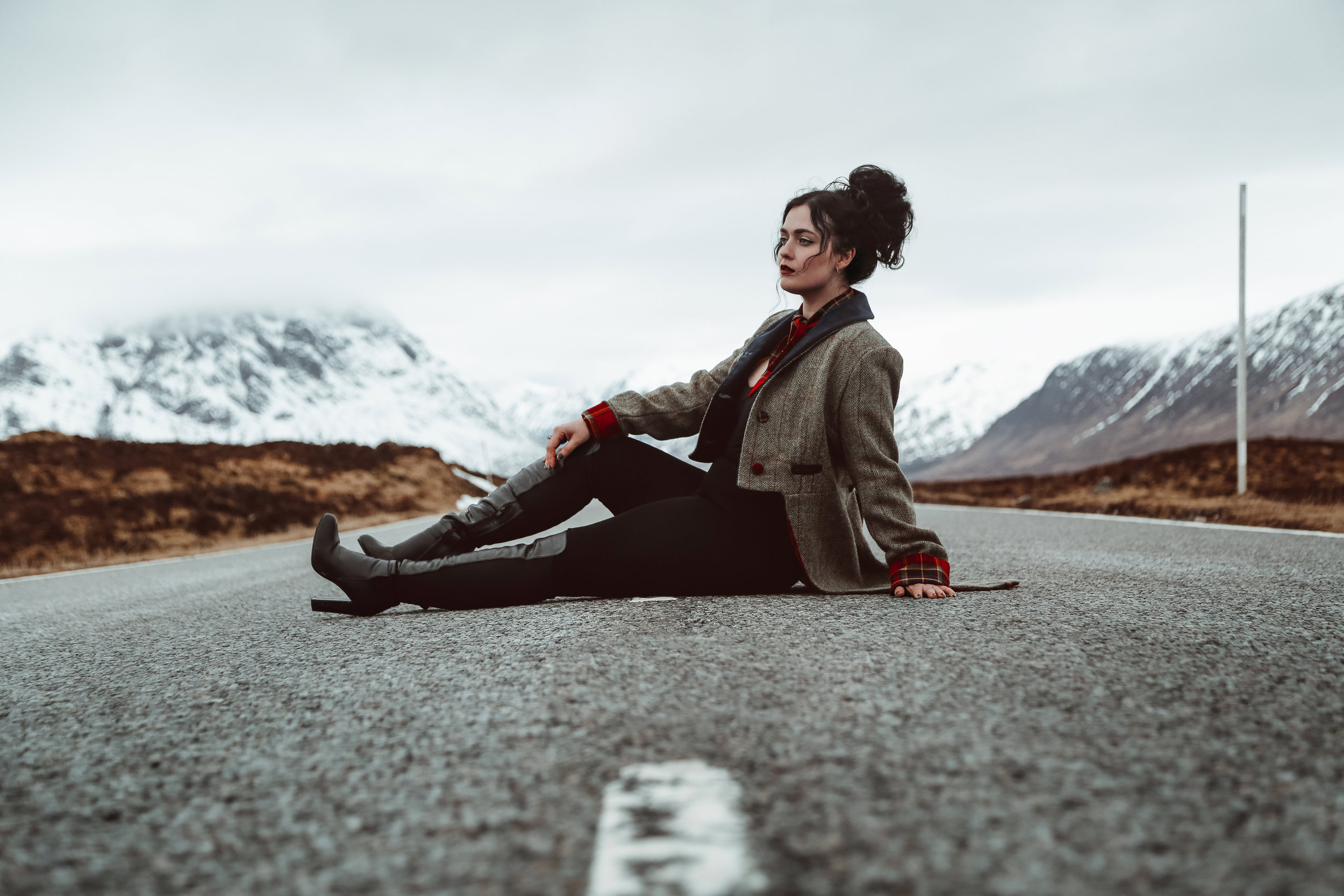Tale of the Tailcoat
What do you think of when you hear the word - Tailcoat? Perhaps you see a man wearing one on his wedding day? Maybe it’s Jane Austen's brooding Mr Darcy? Or of Fred Astaire romantically gliding with Ginger Rodgers to "Let’s face the music and dance"? Whatever you might imagine, I can guarantee it's a man wearing a tailcoat, not a woman. But why not? Fashion doesn't need to have rules. And I really think a tailcoat looks natural and fabulous on a woman, just as much as on a man.
Tailcoats have been around since the 18th century, It is said that a gentleman decided that his existing coat of the period got in the way when riding his horse. As cars and bikes were not around then, horse and carriage was the way to travel. So his tailor cut the coat in a way that resembles the tailcoat we know. This country style started its journey from being a practical riding coat, to the epitome of elegance for a man. Tailcoat is what we really call this style of coat, but it has other names for slightly different variations - such as the Dress coat, and the Morning coat. Military also used these styles through the years and the Highland man's dress has a shorter version of the tailcoat called the Highland Coatee that could be worn with a kilt (and still does to this day).
The Tailcoat is from more of a bygone era, perhaps you might see the odd man wear it at a black tie event, in certain circles. But for the general population it’s not a staple in a gentleman’s wardrobe anymore.
Tailcoat dandy style beau brummell
Beau Brummell was an iconic figure in men's fashion during the regency period. He turned heads and took such care to dress. He was a gentleman but originally of middle class stature, and in those days it was important to know your status and place in society (as accurately shown in the sketch from The Two Ronnie’s). He managed to work his way up the ranks and into high society's circles, and became a close friend to the Prince Regent. Beau Brummell would take time to dress every day (hours) and it was what he was known for, well that and his spiralling gambling addiction. But Beau Brummell brought the country fashions to the city of London, fashioning the tailcoat with a waistcoat, a clean white crisp shirt along with a cravat and riding boots. He would also carry hemmed handkerchiefs, perhaps to be on standby for any ladies who needed one? His look was identified with masculinity, restrained elegance and his style rules are still followed by men today. The tailcoat was a part of this look and it's interesting how it's linked with masculinity.
I love the styles of different periods and often use them as influences and inspiration to then bring them into todays setting. The tailcoat always held a fascination for me and holds a romantic imagery too, perhaps it was all those Jane Austen's I have read and watched throughout my life that made an impression!
Process of a tailcoat
I have made off the peg standard UK sizes and also bespoke tailcoats for clients. When I make a tailcoat using the fabrics I’ve chosen, I love mixing up different patterns, colours and textures. My last few tailcoats I have incorporated various fabrics including tartan, velvet, taffeta silk, Japanese floral print, and of course - tweed! With making a bespoke tailcoat for a client, I love showing them samples and seeing what colours and patterns they select. Each client I’ve worked with surprises me each time. I love giving them something that they choose (even down to the buttons!) and then fitting it to them. I think there’s actually something (dare I say it!) very feminine about the tailcoat - the silhouette and how it drapes and flows at the back.
Recently I have been stocking my work in the boutique Incubator in Prahran in Australia. It’s given me the opportunity to meet new clients and have fitting sessions with them one to one. So if you find yourself in need of a tailcoat, get in touch.
L x

